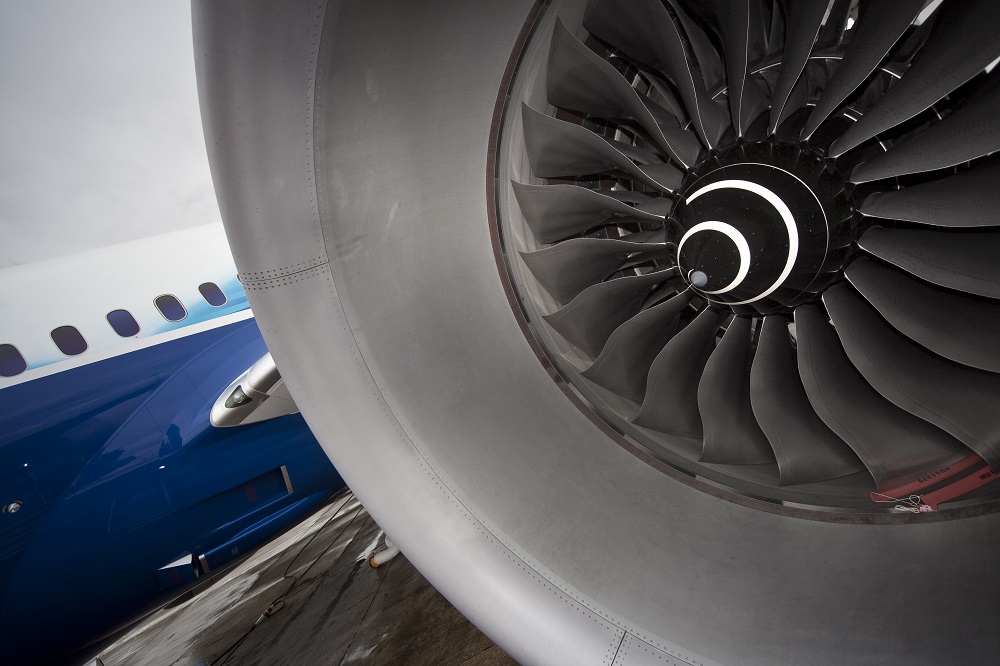Air New Zealand has been forced to ground two of its Boeing 787 jets after safety checks revealed problems with some of the airline’s Rolls-Royce engines.
The New Zealand carrier faces further service disruptions and is investigating again chartering aircraft to compensate for the loss of the aircraft.
SEE Spectacular landing and take-off video
It is one of a number of airlines caught up in global problems affecting several hundred 787 engines which have prompted action by the US Federal Aviation Administration and European safety agency EASA.
The problems have caused several engine failures and “numerous” reports of engine inspections finding cracked blades resulting in unscheduled engine removals, according to the FAA.
Read: FAA moves on Roll-Royce Trent troubles.
Air New Zealand earlier this week rescheduled some services and announced a small number of cancellations as it performed checks required by EASA and Rolls-Royce on engine compressors in Trent 1000 Package C engines.
“As a result of the checks, two Air New Zealand 787-9 Dreamliner aircraft will be temporarily removed from service while engines undergo maintenance work at a Rolls-Royce facility in Singapore,’’ the airline said.
“Around 340 engines globally are subject to the checks and this is placing very high demand on Rolls-Royce’s maintenance facility meaning it may take a number of months before Air New Zealand’s engine repair work can be completed.”
The airline said it would publish schedule changes in the coming days and it would communicate directly with affected customers and travel agents.
It said options to counter the loss of the aircraft would include re-introducing charter services operated European carrier Hi Fly next month.
Air NZ undertook the engine checks after problems with the Package C engines prompted EASA and Rolls to reduce the number landing and take-off cycles between inspections.
The FAA followed with an Airworthiness Directive reducing the maximum flying time affected 787s are allowed to be away from a suitable emergency airport from 330 minutes to 140 minutes.
The US regulator said it had been told by Boeing that Rolls-Royce had determined that intermediate pressure compressor stage 2 blades have a resonant frequency that was excited by airflow at high thrust settings under certain temperature and altitude conditions.
The vibration caused by this could result in cumulative fatigue damage that could cause blade failure and engine shutdown, it said.
Air New Zealand Chief operational integrity and standards officer David Morgan said the airline was fully compliant with the directives of EASA, the FAA and Rolls-Royce.
“Unfortunately this will mean disruption for our customers in the coming months as we adjust our schedule and fleet utilisation to accommodate these challenges and we thank our customers for their patience as we work through this,” Morgan said.
“Like Air New Zealand, aviation regulators prioritise safety over everything else and EASA and FAA have taken a very conservative approach in the checks and restrictions they’ve put in place around these engines.
“Customers travelling on our Dreamliner aircraft can be very confident in the integrity of the engines.”
























